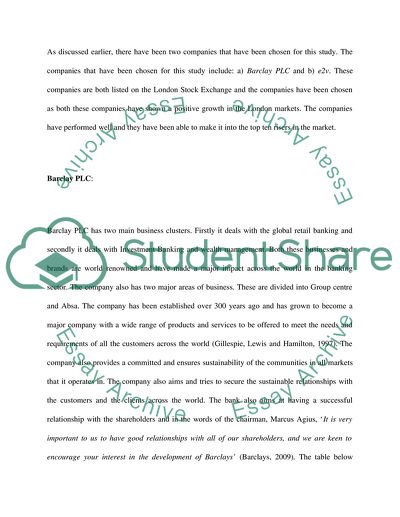Cite this document
(“Financial Accounting: Funding Methods Case Study”, n.d.)
Financial Accounting: Funding Methods Case Study. Retrieved from https://studentshare.org/finance-accounting/1730384-financial-accounting
Financial Accounting: Funding Methods Case Study. Retrieved from https://studentshare.org/finance-accounting/1730384-financial-accounting
(Financial Accounting: Funding Methods Case Study)
Financial Accounting: Funding Methods Case Study. https://studentshare.org/finance-accounting/1730384-financial-accounting.
Financial Accounting: Funding Methods Case Study. https://studentshare.org/finance-accounting/1730384-financial-accounting.
“Financial Accounting: Funding Methods Case Study”, n.d. https://studentshare.org/finance-accounting/1730384-financial-accounting.


